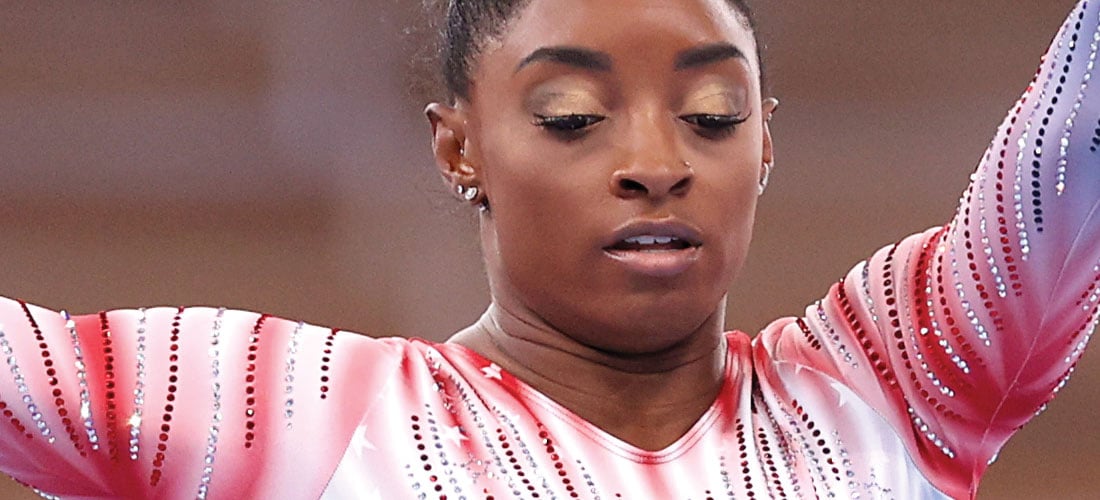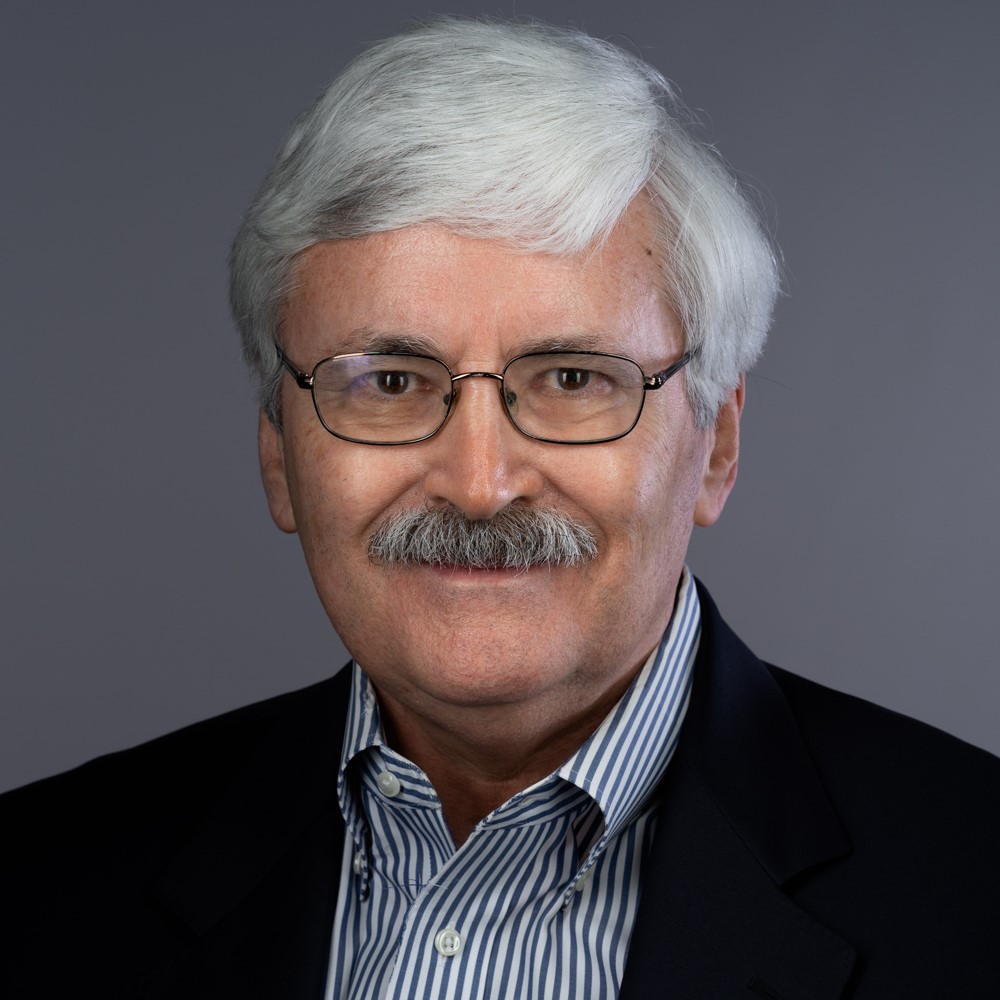What elite athletes like Naomi Osaka and Simone Biles can teach lawyers about performance anxiety

Naomi Osaka declined to participate in French Open press interviews to protect her mental health. (Photo by Tim Clayton/Corbis via Getty Images)
In 2021, two elite athletes said out loud to the world: “I am experiencing a mental health challenge.”
The mix of support and criticism that followed the declarations from tennis player Naomi Osaka and Olympic gymnast Simone Biles was interesting.
During the French Open tennis tournament in May, Osaka declined to participate in mandatory post-match news conferences.
The tournament fined her $15,000 for violating her contractual media obligations. This was not an athlete being a diva or just not in the mood to talk to media; she patiently explained that the repetitive cycle of questions in that venue foments intense self-doubt detrimental to her well-being.
In a follow-up public statement on Twitter, Osaka noted that she’s introverted, has social anxiety and is “not a natural public speaker.”
She wrote, “I get huge waves of anxiety before I speak to the world’s media. I get really nervous and find it stressful to always try to engage and give you the best answers I can.”
While several journalists acknowledged Osaka’s courage and impact in calling attention to an issue often glossed over in the sports world, others mocked her as being too introverted to speak to media but somehow able to appear on the cover of Sports Illustrated. (In my opinion, apples and oranges.)
Two months later, Biles withdrew from a series of gymnastics events at the summer Olympics due to a bout of “the twisties,” a phenomenon in which gymnasts lose their sense of space, depth perception and positioning in midair.
Describing the sensation during a vault routine, she said, “I simply got so lost, my safety was at risk.” Safety.
But armchair critics leapt to call Biles a “quitter.”
Of course, athletic competitions come with stress, anxiety and risk, as do many lawyering activities. In Biles’ case, though, it is her deep knowledge about safety—through decades of repetitive practice, incremental training, intense conditioning, sacrifice, pain, mistakes and recovery from injuries—that enables her to intelligently step into risk and fly through the air, twisting, turning and ultimately landing on her feet. If she—with far more expertise in that realm than any of us—determines that her safety is in jeopardy because of a temporary mental health stumbling block, what gives us the right to question her? Further, what can we learn from her assertion?
Our society promotes conflicting messages about anxiety and fear. On the one hand, we are constantly told fear is no big deal. “Just face your fears!” “Do something every day that scares you!” “If your dreams don’t scare you, they’re not big enough! Get bigger, scarier dreams!” Or we are advised that fear is good for us; it’s motivating; it means we care. I’ve heard members of our profession admonish: “If you stop being scared, it’s time to leave the law.” Or some quip: “Anxiety is part of the job. It comes with the territory. Deal with it, or perhaps you should consider doing something else.”
Under such a framework, we seem to be relegated to three scenarios: (1) come off the factory line flawless, ready and raring to spar; (2) be terrified, but do it anyway or (3) quit.
When can we say, “I’m a really hard worker, but what I’m about to do is new territory for me. And yes, I’m scared. I don’t want to pretend I’m not. Instead, I want to understand what is driving my fear, work through it and then accomplish the objective”?
 Simone Biles pulled out of some Olympic events, saying she had a bout of the “twisties.”
Simone Biles pulled out of some Olympic events, saying she had a bout of the “twisties.”
Help instead of judgment
In response to an article I wrote in which I mentioned how I’ve grappled with public speaking anxiety throughout my legal career, one lawyer posted on social media: “Sorry, but I can’t take advice from a lawyer with a fear of public speaking. … Managing stress is just one of the requirements of being an attorney.”
Yes it is, but it’s time we articulate these issues out loud and support one another in untangling them—in training—so we can individually and collectively deliver peak performance when other people are depending on us. We should not diminish valuable contributors to our profession if they happen to experience bouts of lawyering “twisties.” Great golfers and baseball players get the “yips.” And what do effective team leaders and coaches do? They provide tangible help.
A lawyer can bring tremendous assets to the profession—such as impactful writing, creative problem-solving and productive conflict resolution—yet battle nerves in other arenas. Extreme public speaking anxiety, in particular, can manifest as an amalgam of rawness, exposure, vulnerability, loneliness, exclusion and judgment.
Whether you are a law student, a litigator or a premier athlete such as Osaka or Biles, if you feel unsafe in that environment, no amount of badgering or cajoling or “just do it” or “fake it till you make it” mentality is going to work.
What does work? Making it OK to talk about this stuff and then providing concrete, practical steps for working through the fear.
Two strategies that have worked for me are learning how to (1) override my inaccurate, outdated, negative mental soundtrack in performance moments; and (2) recalibrate my physical frame to better manage my breathing, heart rate and other biological responses such as blushing.
In fact, I’ve seen numerous quiet, introverted and anxious law students deliver masterful oral arguments—after confiding to similarly situated classmates (and me) their palpable fear of public speaking and then together deconstructing the fear instead of cavalierly dismissing it.
By first seeking to understand what drives performance anxiety and fear and then adopting mental, emotional and physical techniques to amplify our voices authentically, we can thrive in performance scenarios.
How can our profession be more helpful? First, let’s eliminate all-or-nothing thinking. Neither Osaka nor Biles were “quitters.” They verbally articulated an issue, processed and then stepped back into the arena.
Second, while stress and anxiety unfortunately accompany our roles as lawyers, not everyone enters the profession with naturally robust sets of coping mechanisms. We can provide nonstigmatizing training resources.
Third, when we see people struggling who may not know how to request help, let’s not mistakenly discount their competence, commitment or value to the profession. Let’s consider whether they are in an environment (and if we are contributing to such a dynamic) in which they feel precarious taking the risks readily expected of them. Let’s provide sufficient training so lawyers can jump into intelligent risks and make their advocacy voices heard. Ultimately, it is through a fundamental sense of safety—on both personal and community levels—that we can be our bravest, our most daring, our most intrepid.
This story was originally published in the December 2021/January 2022 issue of the ABA Journal under the headline: “Lawyering ‘Twisties’: Naming and untangling performance anxiety.”
Heidi K. Brown is a law professor and director of legal writing at Brooklyn Law School. She is the author of The Introverted Lawyer: A Seven-Step Journey Toward Authentically Empowered Advocacy and Untangling Fear in Lawyering: A Four-Step Journey Toward Powerful Advocacy.
This column reflects the opinions of the author and not necessarily the views of the ABA Journal—or the American Bar Association.



